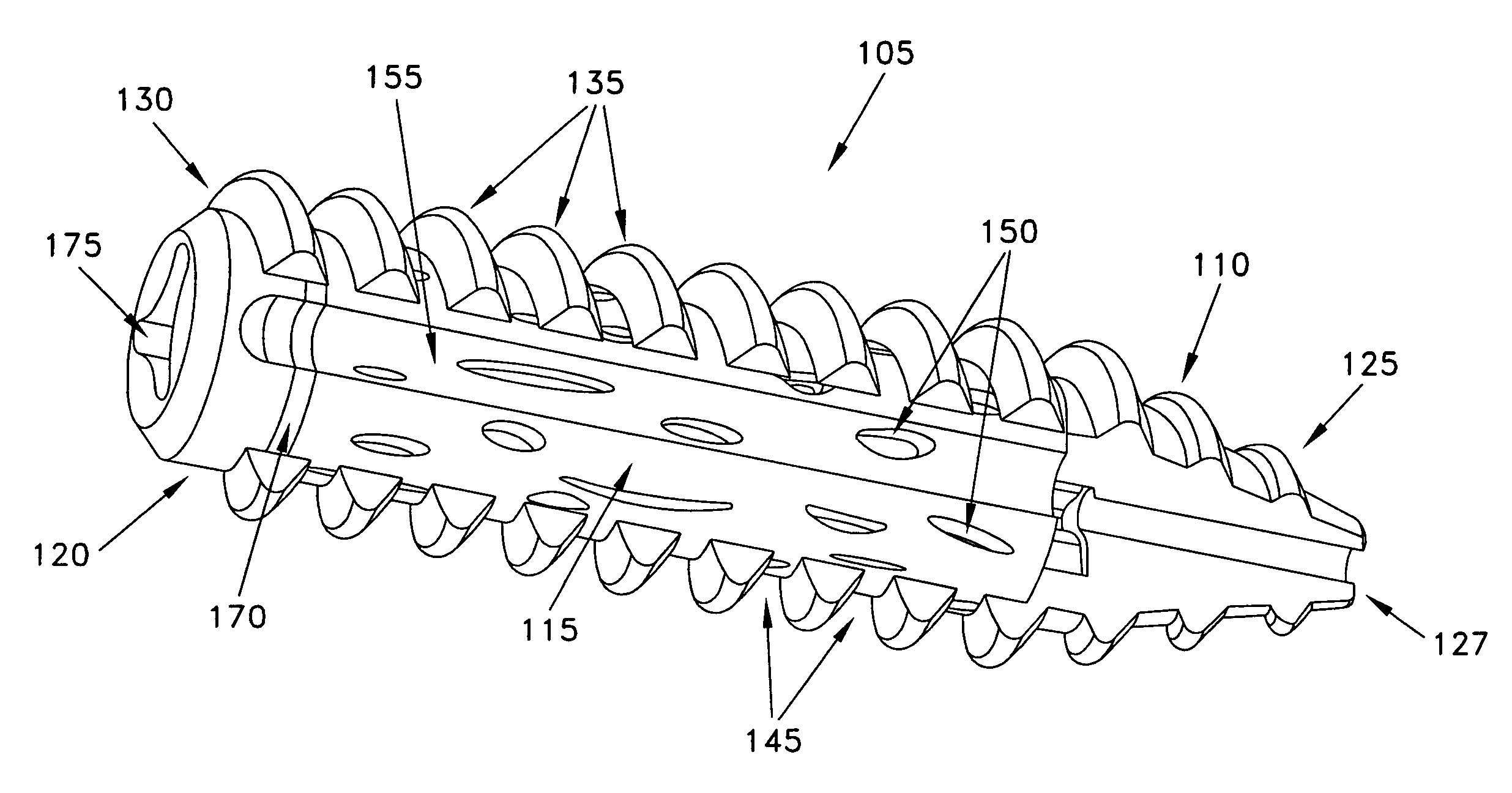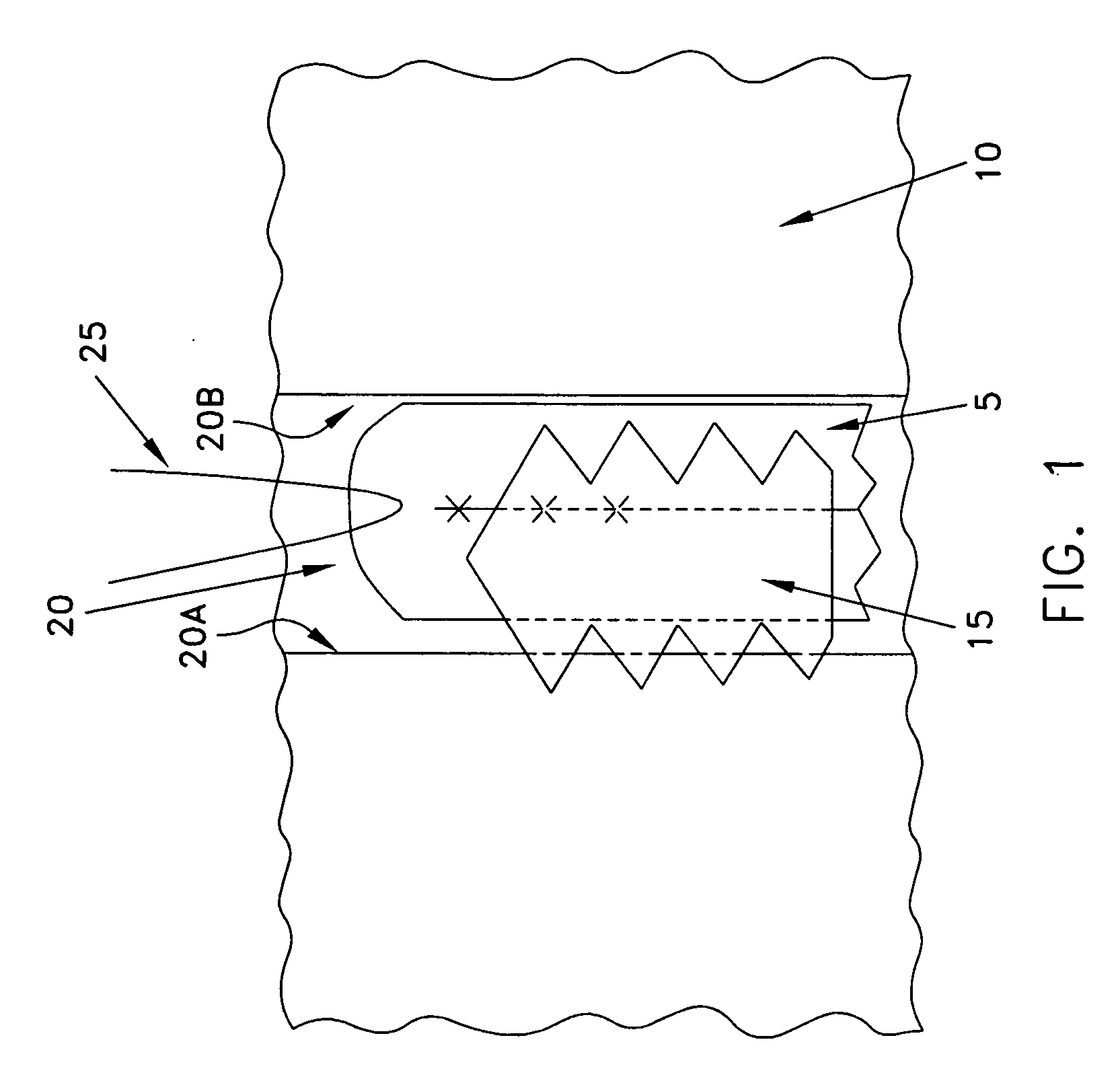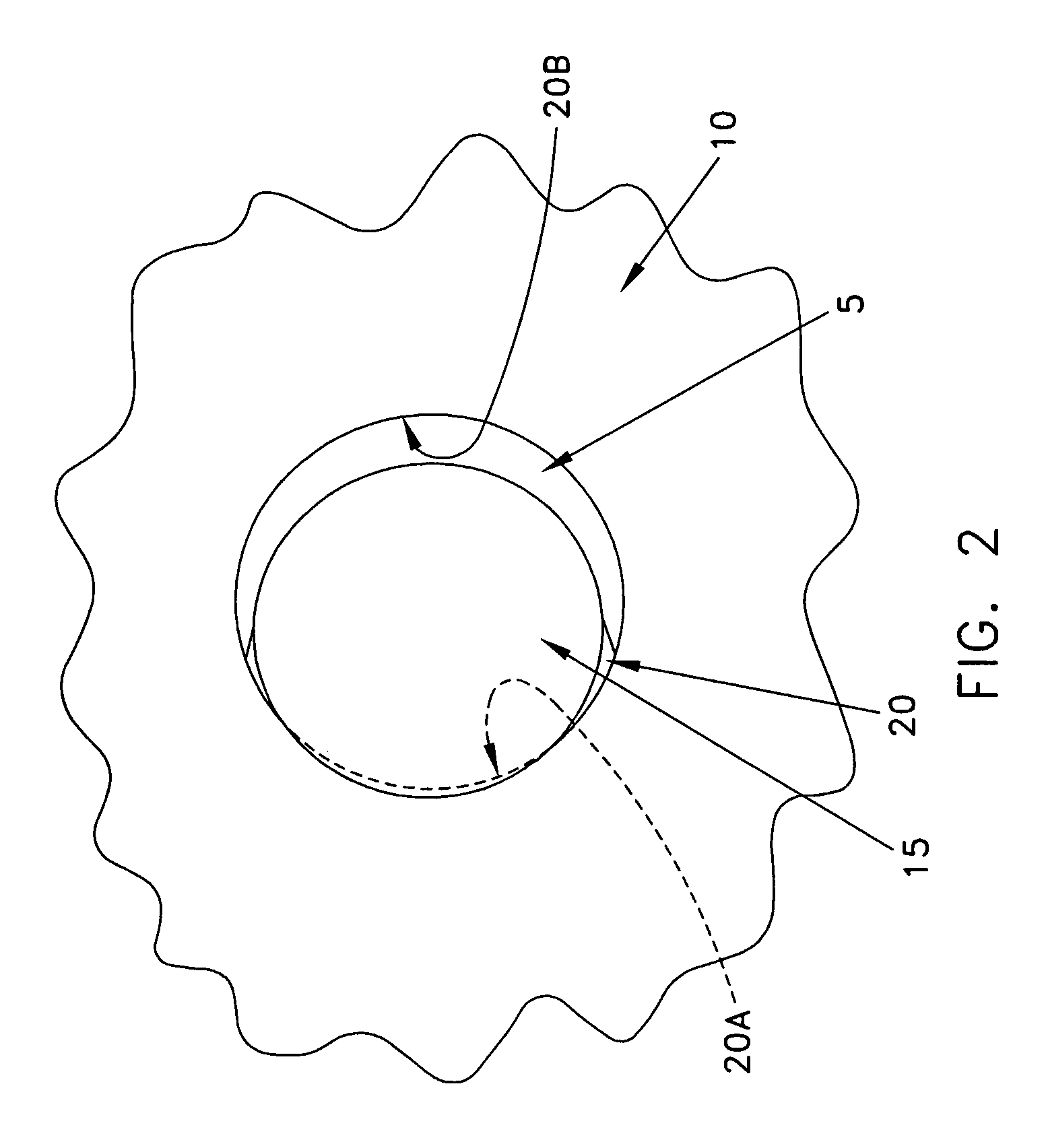Composite interference screw for attaching a graft ligament to a bone, and other apparatus for making attachments to bone
a technology of graft ligaments and screws, which is applied in the field of medical devices and procedures for reconstructing ligaments and/or making attachments to bones, can solve the problems of affecting the strength of the joinder, limiting the surface area contact established between the graft ligament and the side wall, and torn or ruptured ligaments, etc., to achieve superior bone-to-ligament ingrowth, promote superior bone-to-ligament ingrowth, and short term strength
- Summary
- Abstract
- Description
- Claims
- Application Information
AI Technical Summary
Benefits of technology
Problems solved by technology
Method used
Image
Examples
Embodiment Construction
Composite Interference Screw
[0075]The present invention provides a novel composite interfence screw for use in attaching a graft ligament to a bone. For convenience, the present invention will hereinafter be discussed in the context of its use for ACL tibial and / or femoral fixation; however, it should be appreciated that the present invention may also be used for the fixation of other graft ligaments to the tibia and / or the femur; and / or the fixation of other graft ligaments to other bones. Furthermore, the screw construction of the present invention may also be used to secure other objects (e.g., prosthetic devices, bone plates, etc.) to bone, and the screw construction of the present invention may also be used to secure bone to bone.
[0076]Looking next at FIGS. 3-5, there is shown a novel composite interference screw 105 for securing a graft ligament within a bone tunnel. Composite interference screw 105 generally comprises a screw frame 110 for providing the short term strength ne...
PUM
| Property | Measurement | Unit |
|---|---|---|
| Fraction | aaaaa | aaaaa |
| Fraction | aaaaa | aaaaa |
| Volume | aaaaa | aaaaa |
Abstract
Description
Claims
Application Information
 Login to View More
Login to View More - R&D
- Intellectual Property
- Life Sciences
- Materials
- Tech Scout
- Unparalleled Data Quality
- Higher Quality Content
- 60% Fewer Hallucinations
Browse by: Latest US Patents, China's latest patents, Technical Efficacy Thesaurus, Application Domain, Technology Topic, Popular Technical Reports.
© 2025 PatSnap. All rights reserved.Legal|Privacy policy|Modern Slavery Act Transparency Statement|Sitemap|About US| Contact US: help@patsnap.com



